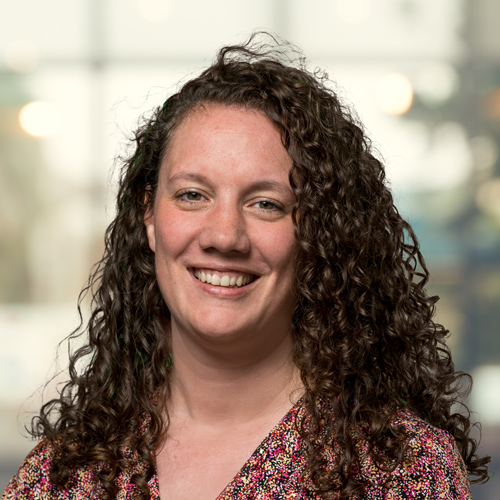
Tech Transfer projects
Our Tech Transfer programme enables us to translate applied research into practical applications in the outside world. See the current projects. Let us know if you want to contribute to or invest in these latest technologies.
Box Bridge: Significantly cheaper bicycle bridges by using innovative building materials.
More detailed information on how the innovative Box Bridge project achieves this will follow.


Commercialization unique knowledge of quantum communication
Quantum technology is on a steady rise, but few companies have the know-how to capitalize on it. At the same time, the EU is heavily investing in this technology, and the European Commission aims to establish a quantum communications infrastructure in a few years’ time. TNO, which has been researching quantum technology and applications for many years now, sees opportunities for a spin-off from its own ranks to tap into new markets.
ECO-Bind: environmentally friendly asphalt without fossil components
Bitumen obtained from petroleum has traditionally been used to make asphalt as a raw material and binder. TNO has developed a sustainable alternative for this: ECO-Bind. Biomass as a residual product from the waste water treatment can be used as an environmentally friendly substitute for bitumen. This offers the asphalt industry and road construction a great opportunity to become more sustainable.

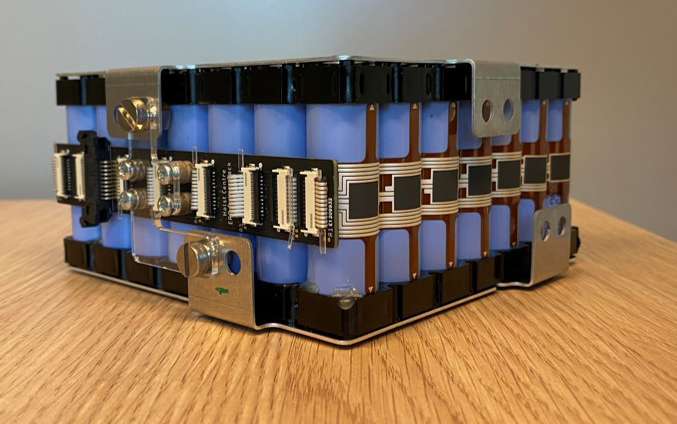
InnSenTec: measuring temperatures over a large area
Printing microelectronics on ultrathin film creates unprecedented possibilities. At Holst Centre on the High Tech Campus in Eindhoven, we’re working together with partners on promising, innovative applications. For example, we’ve developed a technology that uses sensors to measure temperatures at many different points over a large area simultaneously.
MetaCap: bringing reality into the virtual world
The basic set-up of video calls is quite boring because everything is in 2D. That’s why TNO is bringing reality closer to the virtual world. By using special cameras, people can be recorded in a depth image and displayed so realistically during a conversation that it seems they are sitting with you on the sofa or at the conference table. The image goes from the flat 2D to 3D. The MetaCap technology is now market ready.
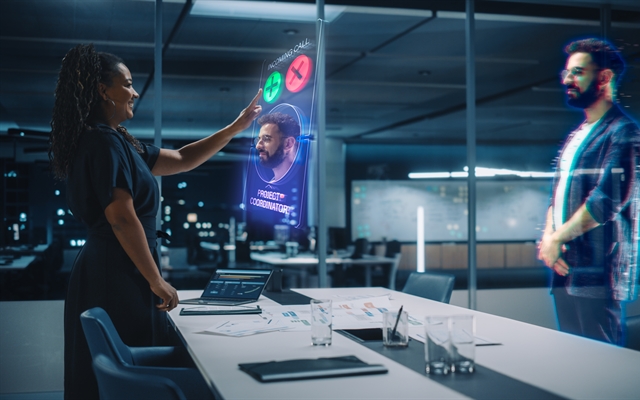
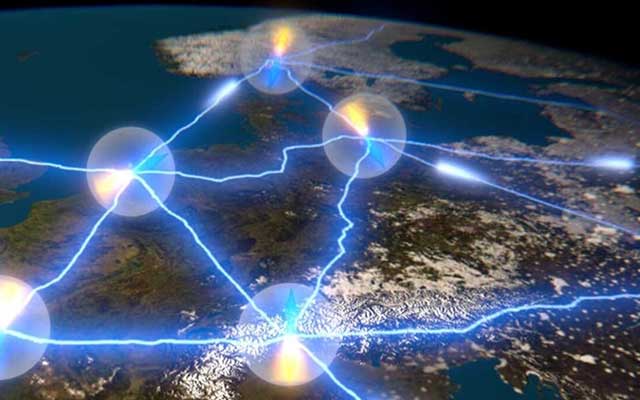
NetSquid: simulator for quantum technology
There are high expectations in the market for quantum computers and networks. But the technology and the necessary infrastructure still need to prove themselves over the coming years. For the time being, academics and market participants have to rely on demonstrators and pilot projects. This is a great opportunity for NetSquid, an advanced simulator for designing and testing quantum networks.
PillarWave: ultrasound patch on skin replaces hospital visit
An echogram, to visualise in detail the condition of an organ such as the heart or the blood circulation, is a procedure usually performed by an expert sonographer in a hospital or diagnostic centre. TNO has developed a technology in which a flexible patch on the skin uses ultrasound to take images of the organ to be examined over an extended period of time. This means the patient can be monitored at home, eliminating the need to go to hospital for many examinations.
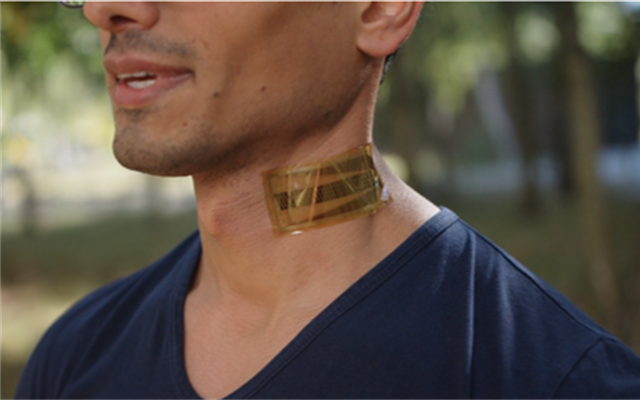

Plasma technology: major step towards fully circular chemistry
Although plasma technology is many decades old, the optimisation of its traditional process can make it a key technology in making chemistry circular. As part of partnership Brightsite, TNO is collaborating with Brightlands Chemelot Campus, Maastricht University, and Sitech Services to convert the greenhouse gas methane into hydrogen and high-quality hydrocarbons. This keeps carbon in the value chain by turning it into useful semi-finished products instead of emitting it as CO2.
Sensor mat: contact-free measurement of vital bodily signs
Measuring a person’s vital signs, such as their heart rate and respiration, usually only provides a snapshot and always involves attaching equipment to their body. Wouldn’t it be great if we could continuously monitor babies at home or patients in a hospital, for example, without the need for any plasters, tubes, or wires? This is now possible thanks to the sensor mat, developed by TNO at the Holst Centre.
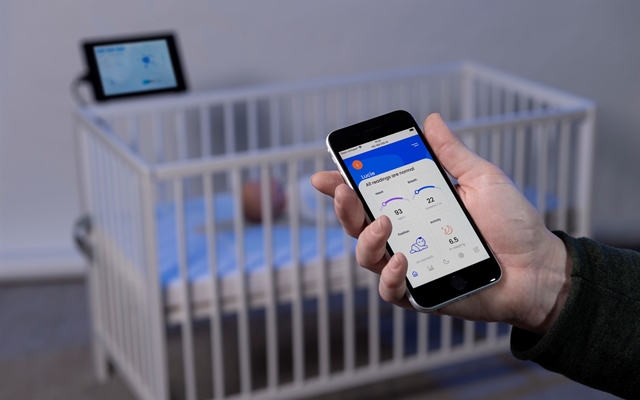

Unique treatment method helps veterans get rid of PTSD quickly
About ten per cent of Dutch veterans develop a post-traumatic stress disorder within ten years of deployment on duty and 30 to 50 per cent do not recover despite intensive care. Research shows that veterans benefit only to a very limited extent from the current psychotherapies. This underlines the need to develop and implement new treatment options for this group. TNO and the University of Amsterdam have further developed the Memrec method for treating post-traumatic stress in veterans, and with success.
Underwater data communication via acoustics
The 4G, 5G, WiFi and Bluetooth technologies that enable high-speed wireless data communication both indoors and outdoors on land are practically worthless underwater. Yet there is growing demand for reliable wireless communication underwater. For decades, TNO has specialised in a promising alternative that uses acoustic waves to transmit signals: a sort of underwater WiFi for long distances and underwater Bluetooth for short-range connectivity.

